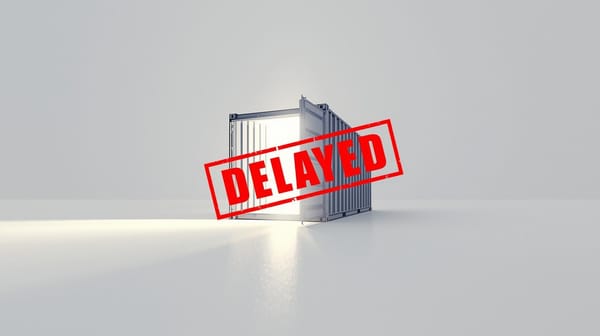The Permitting Premium: Why Red Tape Now Costs Billions in Data Center Buildouts

Executive Summary
Permitting is now the most underestimated line item in data center development.
While the industry obsesses over land banking and megawatt allocation, many projects are bleeding millions each month waiting on local approvals, zoning variances, or multi-agency environmental reviews.
Across the top 15 U.S. markets, average permitting timelines have doubled since 2020 — from roughly 8 months to 16. The financial consequences are staggering: for a $600 million hyperscale project, that delay can destroy upwards of $50 million in net present value (NPV) before the first footing is poured.
This analysis introduces the Permitting Premium, a quantifiable model investors and developers can apply to account for regulatory risk — and, more importantly, to identify where time-to-permit is quietly deciding tomorrow’s winners.
1. The Hidden Cost of Delay
Permitting used to be a rounding error in the project timeline. A well-connected developer could glide through planning meetings in under a year. That era is over.
Today, a single missing hydrology report can cascade into multi-month resubmissions across agencies. Each delay compounds financing costs, EPC escalation, and revenue deferral.
Example:




